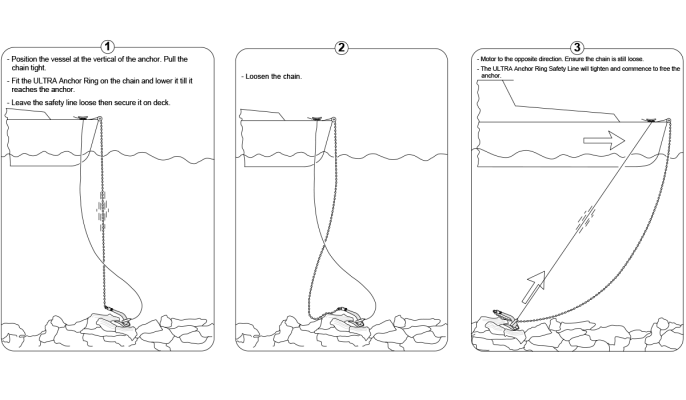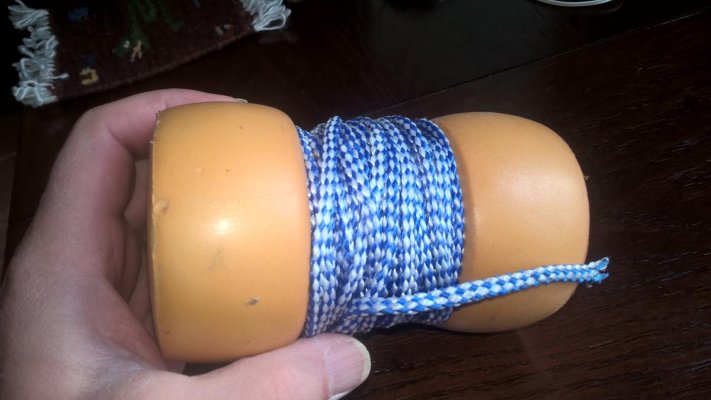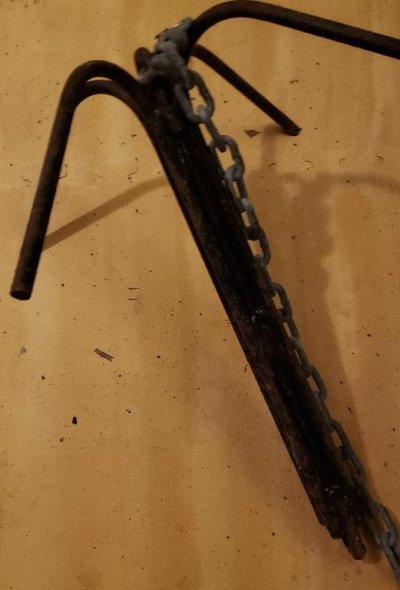Still Boating
Veteran Member
i could not find much on-line or in forum searches, so it's time at ask:
What is your preferred method of adjusting the line length on your anchor trip line?
I've tried 4 or 5 different ways of doing it, including just leaving it at the maximum depth expected in the cruising area, but I'm not happy with any of them. Indeed, one of my clever ideas had me swimming under the boat with the Admiral's bread knife cutting out the line wrapped around the prop shaft. (all ended happily, but I ruined a pair of shorts rubbing on the ablative anti-fouling)
I'm busy enough at the bow anyway, dropping the line, setting the anchor watch position, counting rode lengths, telling the Admiral what to do about the boat's position, and so on, that I'd like some simple technique for the trip line deployment.
Suggestions?
What is your preferred method of adjusting the line length on your anchor trip line?
I've tried 4 or 5 different ways of doing it, including just leaving it at the maximum depth expected in the cruising area, but I'm not happy with any of them. Indeed, one of my clever ideas had me swimming under the boat with the Admiral's bread knife cutting out the line wrapped around the prop shaft. (all ended happily, but I ruined a pair of shorts rubbing on the ablative anti-fouling)
I'm busy enough at the bow anyway, dropping the line, setting the anchor watch position, counting rode lengths, telling the Admiral what to do about the boat's position, and so on, that I'd like some simple technique for the trip line deployment.
Suggestions?



